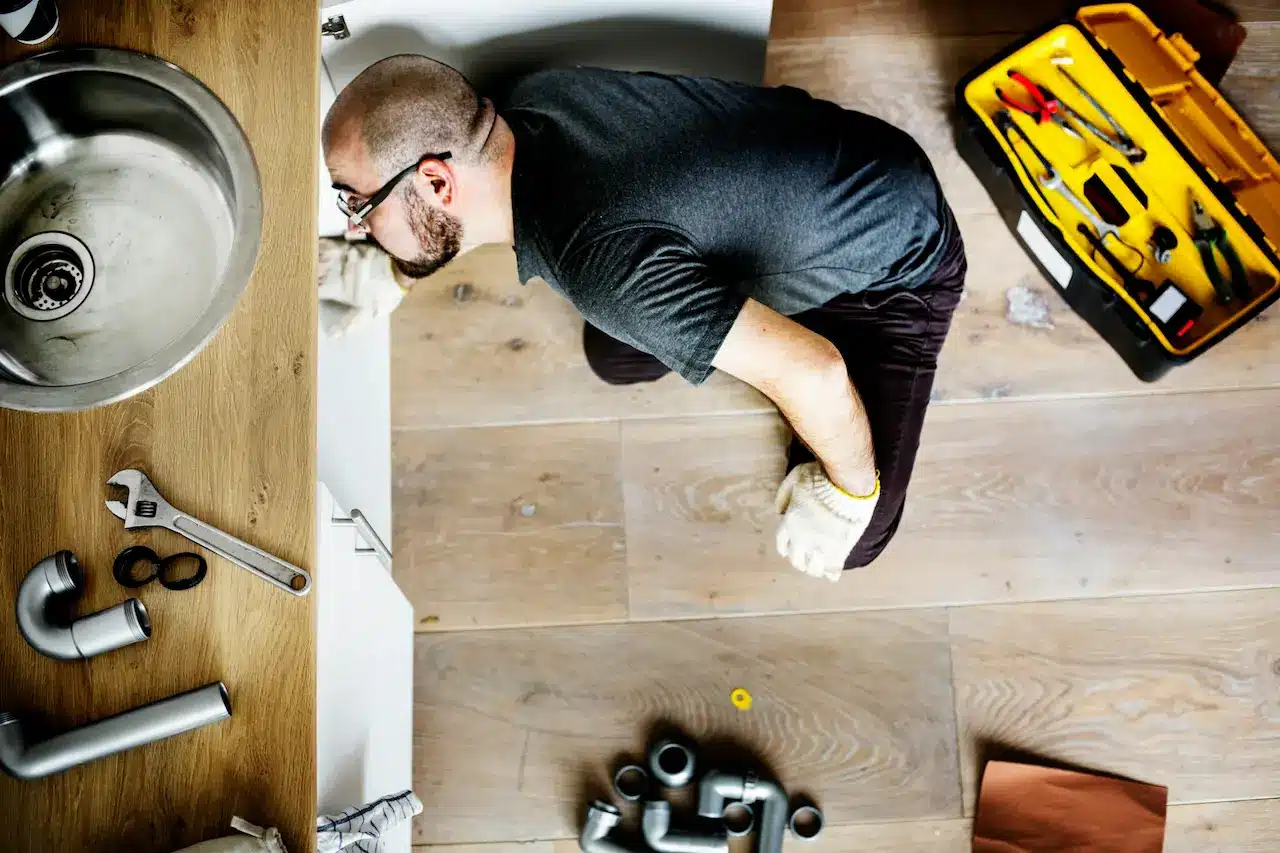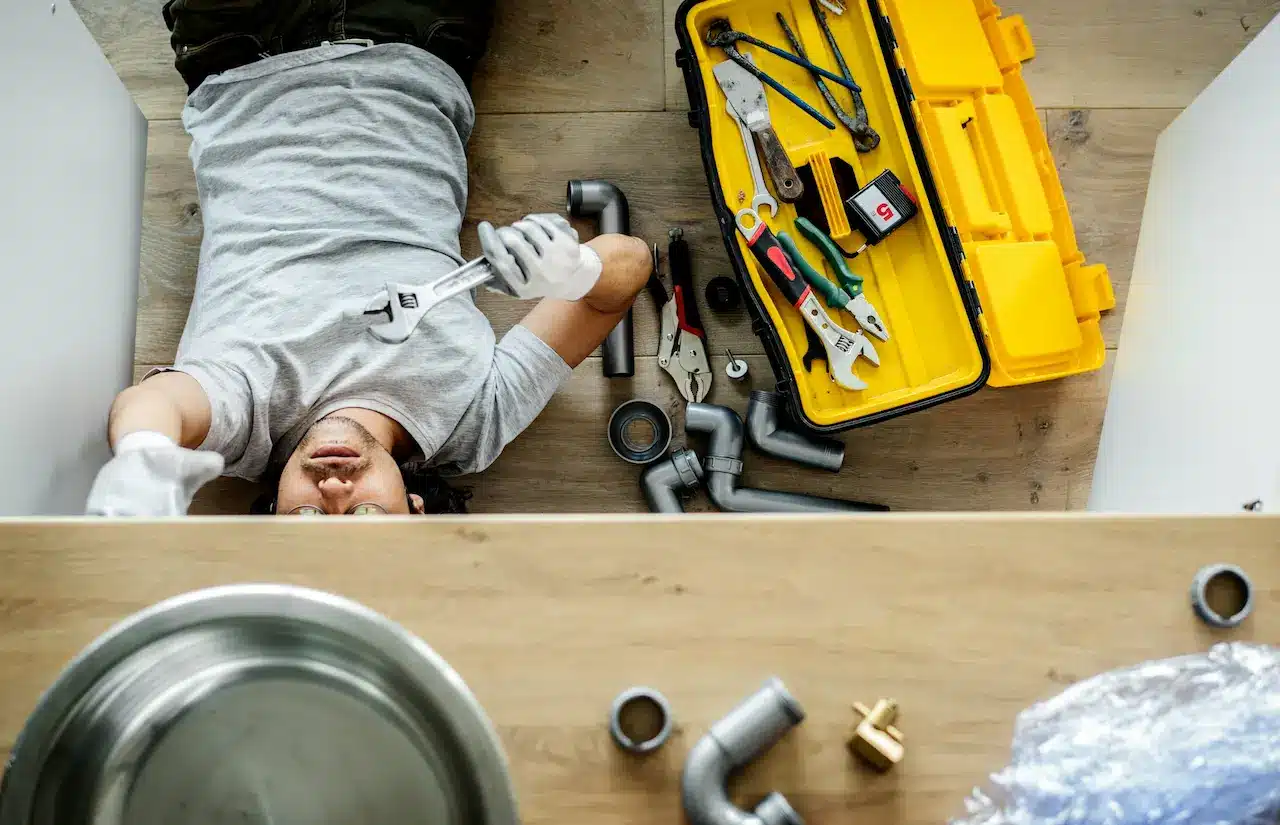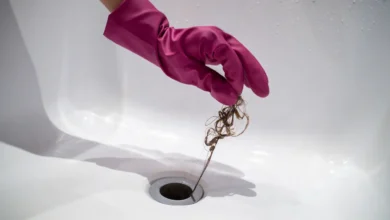Newer homes and apartments around the Hornsby rely on compact mixers, long balcony drains, and high-efficiency hot water. When any of these struggle, you feel it fast: drips, thuds, cold bursts, or a slow, sour drain. This guide shows you how to read the symptoms, tackle the causes, and know when to call a professional, so you solve problems once, not three times.
Dripping mixers that return after a cartridge swap
A new cartridge cures most mixer drips, but not all. If the tap still weeps after a replacement:
What’s really happening
- Scored seats: Sand or solder flakes can scratch the brass seat inside the body, letting water creep past even a fresh cartridge.
- Debris upstream: Renovation grit hides in risers and hoses; the first full-pressure open flushes particles straight into the new cartridge.
- Over-pressure: If the incoming mains pressure is high, the cartridge’s seals are overworked and fatigue early.
Fix it properly
When it comes to home improvements, extensions, renovations or even small fixes, ensure that you do your research, get professional advice and use qualified trades to make sure your home is safe and looks great. With Strip Gate, they were really great to deal with and did a brilliant job of our bathroom. Keeping your home in good repair and safe for your family is imperative.
- Pull the cartridge again, flush the body with the isolation valves cracked open, and wipe the seat with a lint-free cloth.
- Add inline mini-filters at the flexi tails if you’ve had recent works.
- Check for a pressure reducing valve (PRV) at the meter; if none, have one fitted and set to a sane level (often ~500 kPa for domestic).

Thuds, rattles, and “gunshots” when taps shut
That’s water hammer. Fast-closing valves (dishwashers, washing machines, fridge taps) slam shut and send a pressure wave through loose pipework.
Causes you can check
- Unsupported pipe runs: Especially behind fridge cavities and laundry nib walls.
- No arrestors: Solenoid appliances without nearby hammer arrestors will bang forever.
- High pressure at the boundary: Hammer gets louder as pressure climbs.
The durable cure
- Fit AA-rated hammer arrestors within a metre of each culprit appliance.
- Clip and cushion exposed runs to manufacturer spacings; let long hot runs expand without rubbing.
- Set the PRV correctly and replace tired mixer cartridges that shut like a guillotine.
Cold bursts or lukewarm showers
If hot water fades or pulses:
The likely chain
- Tempering valve drift: These valves mix to a safe outlet temperature; scale and debris make them sluggish.
- Recirculation not balanced (larger homes): Far bathrooms rob heat from near ones when balancing isn’t right.
- Storage system relief: A TPR valve that discharges constantly indicates heat or expansion trouble.
What to do next
- Replace or service the tempering valve; clean strainers on the hot and cold inlets.
- Balance any recirculation loop, measure return temperature at the farthest point and adjust balancing valves in small increments.
- If the relief keeps running, have a licensed plumber check thermostat settings, expansion control, and anodes (for tanks).

Balcony and bathroom drains that smell or are slow
Apartments and townhouses in the area often have long, low-fall balcony lines and slim traps.
Why it happens
- Dry traps: Rarely used floor wastes dry out, letting sewer odour through.
- Sludge in long balcony runs: Pollen and dust mix with rain and settle in the low spots.
- Under-sized outlets: A strip drain with a shallow outlet can’t keep up with downpours.
The practical fix
- Keep water in the traps, pour a jug into little-used floor wastes monthly; add a teaspoon of mineral oil to slow evaporation.
- Have lines jetted and camera-inspected; if ponding remains, consider sectional relining to restore fall and seal joints.
- Upgrade strip drain grates and outlets where legal and feasible so water doesn’t sheet under doors.
Toilets that “ghost” fill or gurgle in storms
Two different problems
- Ghost fill: The outlet seal weeps; the cistern refills silently every few minutes.
- Gurgle during rain: Air can’t escape the sewer line, or roots and silt have shrunk the pipe’s capacity.
Straightforward solutions
- Dye test the cistern (colour in the tank, not the bowl). If colour appears, rebuild with a quality seal and inlet valve rather than chasing generic parts.
- After rain, book a jet clean and CCTV. If your overflow relief gully (ORG) sits higher than inside floor wastes, or worse, has been concreted over, correct it so any backup vents outdoors, not into bathrooms.
Laundry floods and hose failures
A surprising number of laundry leaks come from fatigued flexi hoses or missing non-return valves on pumps.
Make it dull (in the best way)
- Replace flexi hoses proactively every five to seven years; choose WaterMark-approved, braided stainless options from reputable brands.
- Fit mini-stops with filters at the machine; close them if you’ll be away for more than a week.
- If you have a laundry pump, service the non-return valve and float yearly; silted pits burn out pumps fast.
Rain tank top-ups and cross-connection risks
Charged stormwater lines feeding a tank can top up your toilets and laundries beautifully, until backflow protection fails.
Keep it safe and compliant
- Ensure the rain-to-mains switch has the correct backflow device and that it’s tested to schedule.
- Flush first elbows and leaf diverters ahead of storm season; these clog first and starve fixtures downstream.
- If you ever see cloudy or musty water at a toilet that’s normally mains-clear, switch to mains and have the tank line checked immediately.
Gas hot water that “breathes” on and off
Short-cycling burners waste energy and give inconsistent temperature.
Common culprits
- Scale in heat exchangers: Reduces heat transfer; the burner short cycles.
- Incorrect gas pressure or dirty aeration: Especially after long idle periods.
- Flow sensor issues: On demand units shut off if they can’t see stable flow.
The professional play
- Descale the unit per manufacturer specs; reset gas pressures and clean burners; verify minimum and maximum flow rates at outlets.
- If the unit is undersized for added fixtures (extra bathroom, larger shower heads), plan a capacity upgrade rather than fighting physics.
Pressure, meters, and why your fittings keep failing
High pressure makes every small issue bigger: louder hammer, quicker cartridge wear, flexi hose fractures.
Quick checks
- Read static pressure at an external tap with a simple gauge.
- If it’s high, install a PRV at the water meter and set it sensibly.
- Re-test at the kitchen and the farthest bathroom; even results mean the whole house is happier.
When to call a local pro (and what they should do)
For persistent leaks, storm-related gurgling, recurring hammer, or hot water inconsistency, book a licensed local team. A thorough visit should include meter tests, fixture isolation, PRV reading, tempering valve checks, jetting and CCTV where needed, and a written plan that separates urgent fixes from upgrades. For fast, area-savvy help, a Hornsby plumber will also understand common estate layouts, balcony drain quirks, and local pressure characteristics.
Five small upgrades that pay back quickly
- PRV at the meter to tame pressure and extend fixture life.
- Hammer arrestors at solenoid appliances and near the worst mixers.
- Mini-filters on mixer flexis to protect new cartridges from grit.
- ORG level correction so any sewer surge vents safely outside.
- Sectional relining of problem balcony or bathroom lines to seal joints and restore flow without ripping up tiles.
Bottom line: treat the cause, not just the symptom. Control pressure, arrest hammer, keep traps wet, jet and camera when drainage slows, and service tempering and relief valves on schedule. Done right, your bathrooms run quietly, showers stay steady, balconies drain cleanly, and plumbing fades back into the background where it belongs.



